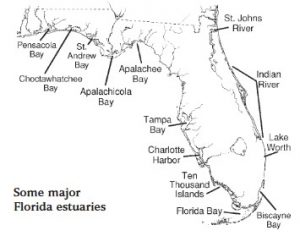
In honor of National Estuaries Week, Digital Dialogs is celebrating with a collection of digital resources related to the environmental history, conservation, and study of Florida environments and ecosystems.
Estuaries are “semi-enclosed areas, such as bays and lagoons, where fresh water meets and mixes with salty ocean waters.”[1] Estuaries are categorized based on the way in which they were created: 1) coastal plain estuaries; 2) tectonic estuaries; 3) bar-built estuaries; and 4) fjord estuaries.[2] Because these areas are under constant change due to tides, temperatures, and salinity, organisms living in these dynamic systems requires special adaptations. Animals and plants that reside in estuaries are “naturally adapted to with-stand [ ] ranges in salinity (concentration of salt in the water), tides, sunlight, and temperatures,” making them one of the most productive landscapes in nature.[3]
Our closest estuary, the Tampa Bay Estuary, covers 400 miles and is the largest open water estuary in the state. It is home to 200 species of fish, nesting turtles, wintering manatees, and “40,000 pairs of wading and shore birds,” including white ibis, roseate spoonbill, great blue heron, and the reddish egret.”[4]
Join USF Libraries’ Digital Dialogs in our celebration of National Estuaries Week by exploring our articles relating to Florida environmental and natural history digital collections and resources below!
Article Highlights
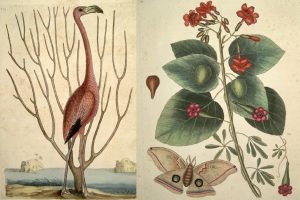
Over 250 years after its publication, Mark Catesby’s two-volume set of The Natural History of Carolina, Florida and the Bahama Islands, this printed edition is housed in just 45 libraries globally. Describing and illustrating North American flora and fauna from an 18th-century naturalist’s perspective, this work has become a rare and important artifact for historians and scientists alike. In this article, learn more about this incredible set, believed to the earliest printed work to both illustrate and describe North America’s wild life, housed in USF Libraries’ Special Collections.
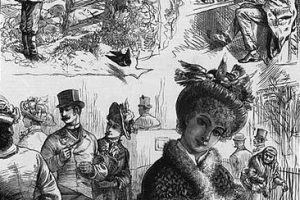
The Fashion Craze that Galvanized Conservationists
From the great egret to the roseate spoonbill, populations of Florida wading birds were devastated by the early 1900s. Due to the milliner trade’s rising demand for bright feathers, plume hunters soon became plume poachers, killing millions of birds for their feathers each year. Bird populations soon plummeted because breeding plumage was in such high demand. Some bird species were hunted to the point of near extinction, especially those in the Everglades. In this post, you can discover how conservationists fought and sacrificed to save Florida bird populations.
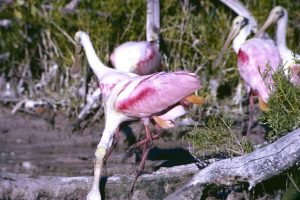
The Roseate Spoonbill: A Fight for Survival
As a result of the “feather craze” that decimated Florida’s bird populations, the Florida Audubon Society found that the roseate spoonbill had been the mostly heavily hit. Plume hunters and poachers sought out the roseate spoonbill for its beautiful, bright pink and orange plumage. The Audubon Society “understood that in order to save endangered birds from extinction, [it] would have to bring more resources to bear than wardens and sanctuaries.” Learn how Robert Porter Allen, the Audubon Society and careful study helped to save the roseate spoonbill from extinction by reading this article.

The new Florida Environmental Interface (FEI) offers an opportunity for researchers to access and share the unique and valuable information in USF Libraries’ collections, improving access to Florida-based collections and research in the USF Special and Digital Collections. The FLENH Portal is now being used as the central hub for discovering the expansive environmental science and natural history collections available at USF Libraries.
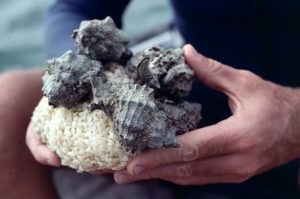
USF Digital Collections for Environmental and Natural Sciences Research: Research & Data Collections
The first in our 4-part series that introduces USF digital collections, focusing on environmental and natural sciences:
The Florida Environmental Interface incorporates years of work, curating impactful collections in USF Libraries Digital Collections. In this post, we review previously curated research and data collections that provide information on various aspects of natural history either unique to Florida or related to other marine or sub-tropical ecosystems.
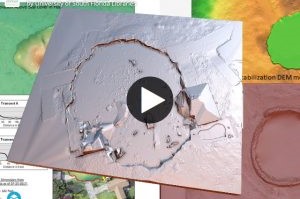
USF Digital Collections for Environmental and Natural Sciences Research: 3D Modeling Collections
The second in our 4-part series:
In this post, we review USF Libraries’ 3D modeling collections that work to archive, preserve, and foster stewardship for heritage and archaeological sites in Florida and around the world. These collections not only create digital learning tools, they also increase access to these objects and sites, allowing researchers to conduct research on them without traveling to these locations.
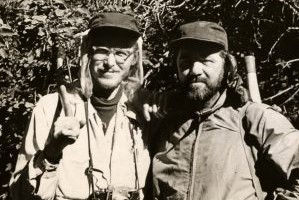
USF Digital Collections for Environmental and Natural Sciences Research: Historical Collections
The third in our 4-part series:
In this post, we review USF Libraries’ historical collections that provide information on various aspects of natural history either unique to Florida or related to other marine or sub-tropical ecosystems, such as early Florida naturalists, the Aububon society, and the conservation of Florida ecosystems and species.
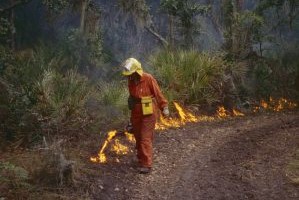
USF Digital Collections for Environmental and Natural Sciences Research: Oral History Collections
The fourth in our 4-part series:
In this post, we review USF Libraries’ oral history collections that focus on Florida environmental conservation and aspects of natural history. Oral histories, like those in our collections, are important pieces of documentation that ensure that the experiences and knowledge of those who came before us is preserved. Take the time to listen to these historically significant personal accounts.
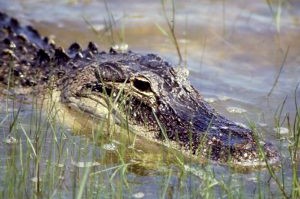
Digital Environmental Interfaces at Florida Universities
USF Libraries Digital Collections seek to curate unique and impactful collections that provide researchers and scholars with access to new and historical information on environmental studies and natural history. The Florida Environmental Interface has been created to enhance access to environmental resources. In this article, discover some of USF’s project collaborations as well as the environmental and natural history collections from other Florida institutions.
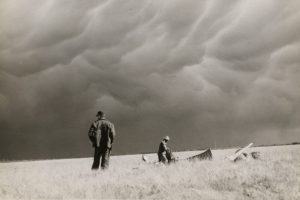
Library Exhibits on Environmental Studies
USF Libraries’ program partners, donors, staff, and faculty have created several exhibits that highlight the Tampa campus library’s digital collections that focus on environmental studies. These exhibits work to provide additional context and connect digital resources to tell the full story of events that have shaped the Florida environment.
REFERENCES
[1] Estuaries: The Cradle of the Ocean. (May 2007). The Florida Fish and Wildlife Conservation Commission. Retrieved August 8, 2021, from https://www.fws.gov/panamacity/resources/Envirothon%20Study%20Guides/Estuaries.pdf.
[2] Estuary. (2021). National Geographic. Retrieved August 8, 2021, from https://www.nationalgeographic.org/encyclopedia/estuary/.
[3] Estuaries: The Cradle of the Ocean. —
[4] Our Estuary. (2021). Tampa Bay Estuary Program. Retrieved August 8, 2021, from https://tbep.org/estuary/.